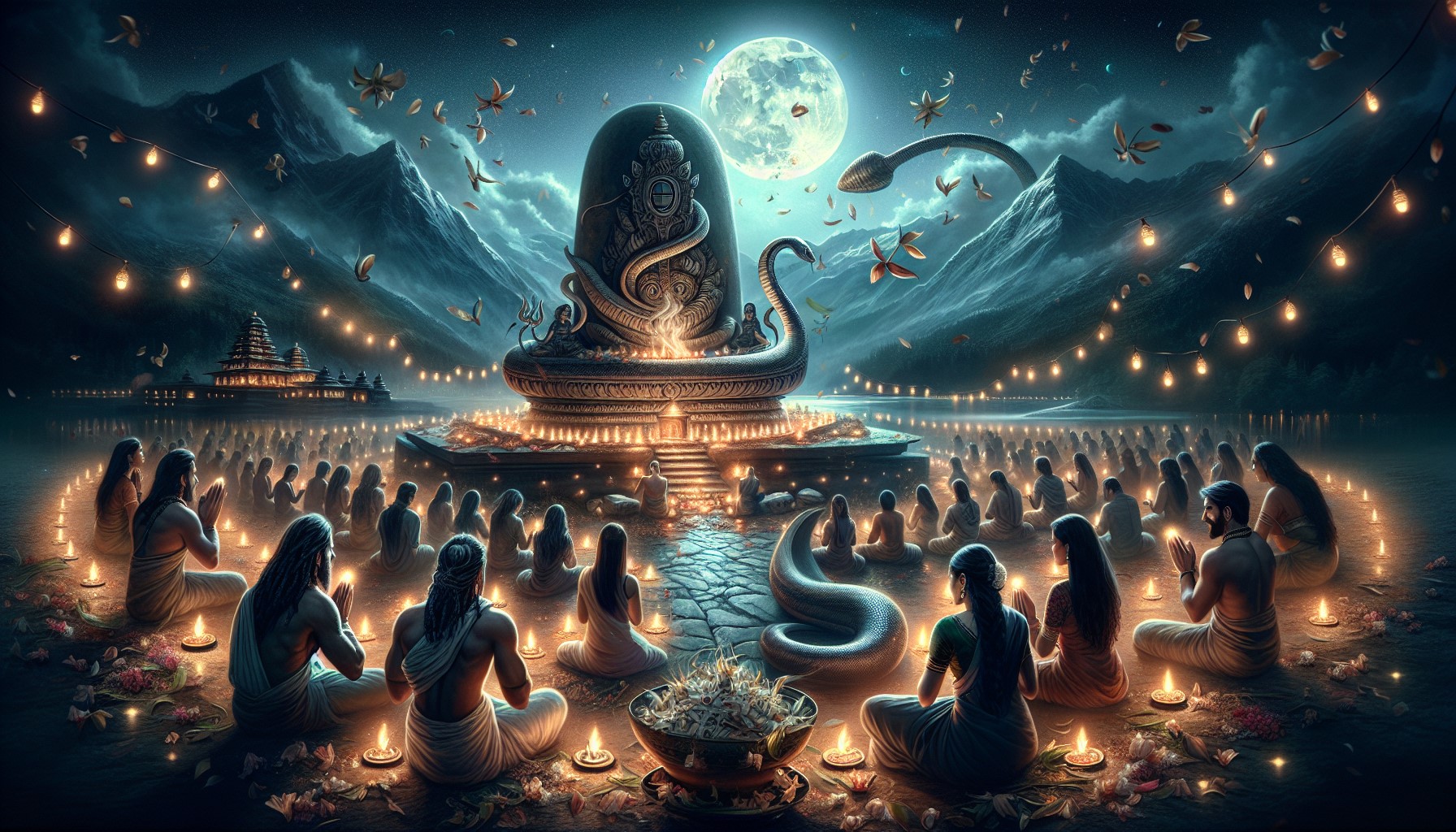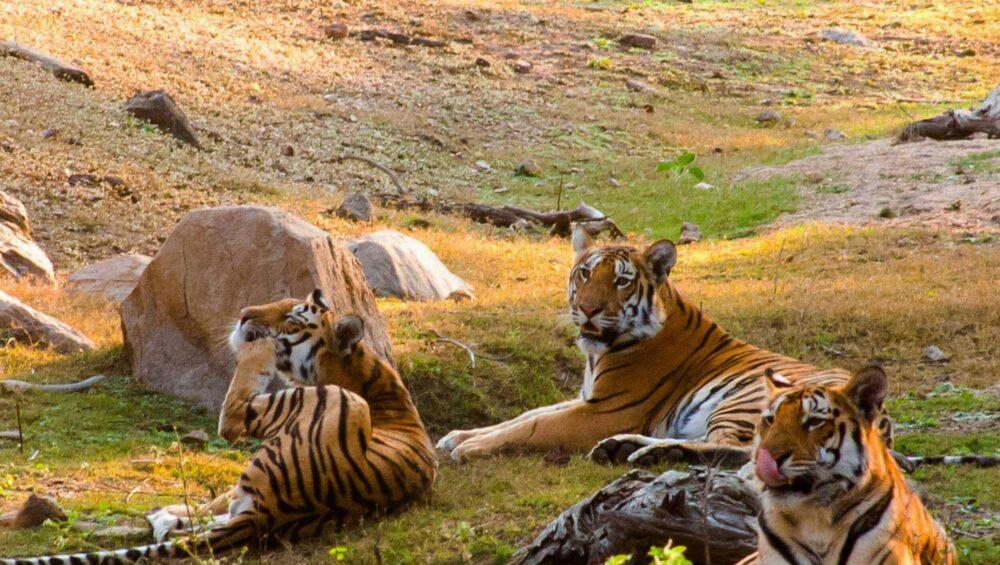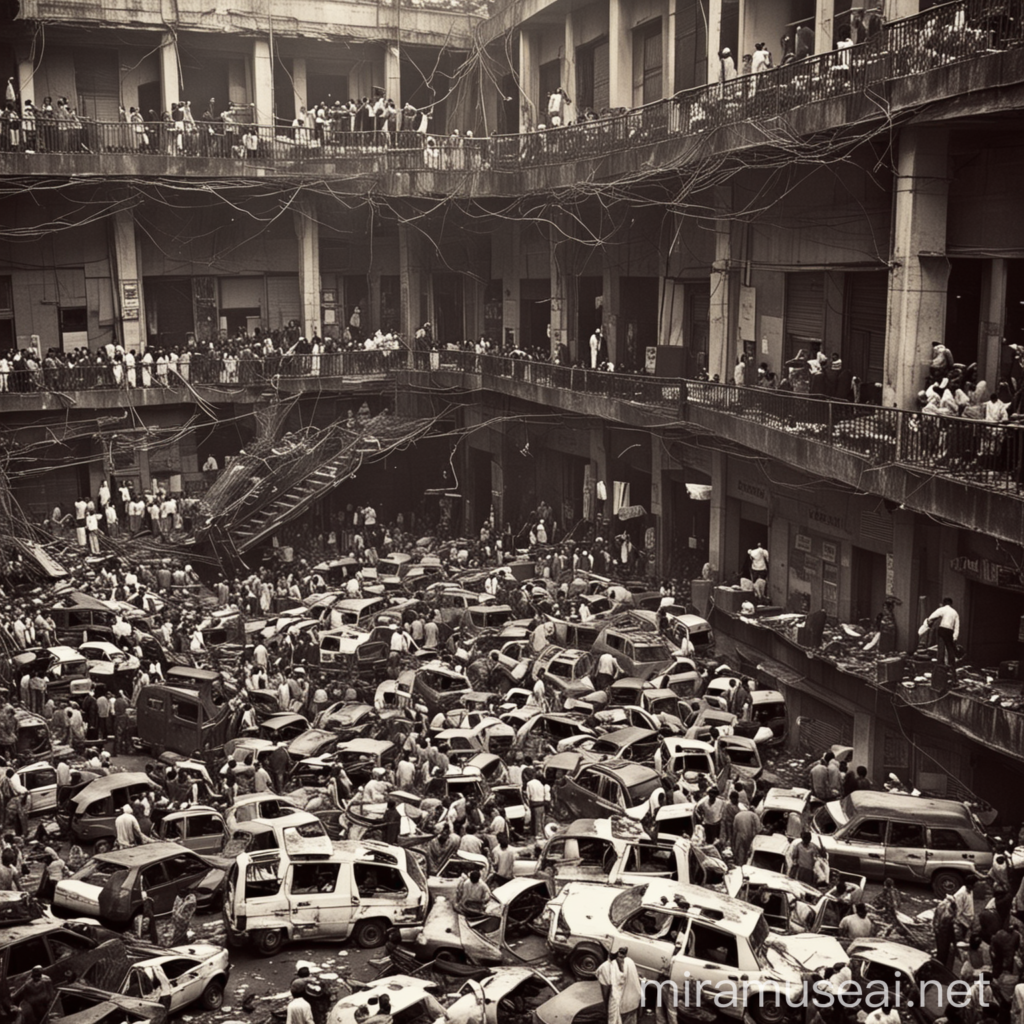Introduction: Mahashivratri, also known as the Great Night of Shiva, is one of the most significant festivals in Hinduism, celebrated with great reverence and fervor across India. Observed on the 14th night of the lunar month of Phalguna (February or March), Mahashivratri holds immense spiritual and cultural significance, commemorating the union of Lord Shiva and Goddess Parvati. This essay delves into the rich traditions, rituals, and symbolism associated with Mahashivratri, exploring its historical origins, religious significance, and the diverse ways it is celebrated in India.
Historical Origins and Religious Significance: The origins of Mahashivratri can be traced back to ancient Hindu scriptures and mythology. According to Hindu beliefs, Mahashivratri commemorates the divine union of Lord Shiva, the destroyer and transformer in the Hindu Trinity, and Goddess Parvati, the consort of Shiva and the embodiment of feminine energy or Shakti.
One popular legend associated with Mahashivratri is the marriage of Shiva and Parvati. According to Hindu mythology, Parvati performed intense penance to win the heart of Shiva and become his consort. Pleased with her devotion and determination, Shiva agreed to marry her on the auspicious night of Mahashivratri. Thus, Mahashivratri symbolizes the cosmic union of the masculine and feminine energies, the union of Shiva and Shakti, which is essential for the creation and preservation of the universe.
Mahashivratri is also believed to be the night when Lord Shiva performed the Tandava, the cosmic dance of creation, preservation, and destruction. Devotees observe Mahashivratri as a time of spiritual awakening, purification, and renewal, seeking blessings from Lord Shiva for inner strength, wisdom, and liberation from the cycle of birth and death.
Traditions and Rituals: Mahashivratri is celebrated with various rituals, traditions, and observances that vary across different regions of India. Some of the common rituals associated with Mahashivratri include:
- Fasting: Devotees observe strict fasting on Mahashivratri, abstaining from food and water for the entire day or consuming only fruits, milk, and other fasting-friendly foods. Fasting is believed to purify the body and mind, enhance spiritual awareness, and invoke the blessings of Lord Shiva.
- Night-long Vigil: Devotees stay awake throughout the night on Mahashivratri, engaging in prayers, chants, and devotional songs dedicated to Lord Shiva. Temples across India organize special midnight prayers and worship ceremonies, known as “Rudrabhishekam,” where the Shivlinga (symbol of Shiva) is bathed with water, milk, honey, and other sacred offerings.
- Offering Bilva Leaves: Bilva leaves (Aegle marmelos), also known as “Belpatra,” are considered sacred to Lord Shiva. Devotees offer Bilva leaves to the Shivlinga as a gesture of reverence and devotion, believing that it pleases Lord Shiva and brings blessings, prosperity, and liberation from worldly desires.
- Meditation and Yoga: Mahashivratri is considered an auspicious time for spiritual practices such as meditation, yoga, and introspection. Many devotees spend the night in meditation, seeking to attain a deeper connection with Lord Shiva and experience inner peace and enlightenment.
- Visiting Temples and Pilgrimage Sites: Thousands of devotees throng to Shiva temples and pilgrimage sites across India on Mahashivratri to seek the blessings of Lord Shiva. Famous temples such as Kashi Vishwanath Temple in Varanasi, Somnath Temple in Gujarat, and Amarnath Cave Temple in Jammu and Kashmir witness large gatherings of devotees during this auspicious occasion.
Regional Celebrations: Mahashivratri is celebrated with unique customs and traditions in different regions of India, reflecting the cultural diversity and spiritual fervor of the country. Some notable regional celebrations include:
- Varanasi, Uttar Pradesh: Varanasi, the spiritual capital of India, is renowned for its grand Mahashivratri celebrations. Devotees take holy dips in the sacred waters of the Ganges River, visit ancient Shiva temples such as Kashi Vishwanath Temple, and participate in vibrant processions and religious ceremonies.
- Mandi, Himachal Pradesh: The town of Mandi in Himachal Pradesh hosts one of the most elaborate Mahashivratri celebrations in India, known as the “International Shivratri Fair.” The week-long fair features colorful processions, cultural performances, traditional folk dances, and religious rituals.
- Pashupatinath Temple, Nepal: Mahashivratri is celebrated with great enthusiasm at the Pashupatinath Temple in Kathmandu, Nepal, dedicated to Lord Shiva. Thousands of devotees from India and Nepal gather at the temple to offer prayers, perform rituals, and seek blessings from Lord Pashupatinath.
- Tamil Nadu: In Tamil Nadu, Mahashivratri is celebrated as “Maha Sivaratri,” with fervent devotion and traditional rituals. Temples across the state organize special poojas, abhishekams, and cultural programs, attracting devotees from all walks of life.
- Goa and Maharashtra: In Western India, particularly in Goa and Maharashtra, Mahashivratri is celebrated with enthusiasm and devotion. Devotees visit ancient Shiva temples, participate in spiritual discourses, and engage in community service activities as part of the festivities.
Conclusion: Mahashivratri is a sacred and joyous festival that holds profound spiritual significance for millions of Hindus across India and around the world. It is a time of introspection, devotion, and celebration, marking the cosmic union of Lord Shiva and Goddess Parvati. Through fasting, prayer, meditation, and worship, devotees seek the blessings of Lord Shiva for spiritual growth, inner peace, and liberation from worldly bondage. Mahashivratri transcends geographical and cultural boundaries, uniting people of diverse backgrounds in a shared reverence for the divine. As the night unfolds with chants of “Om Namah Shivaya,” devotees immerse themselves in the divine presence of Lord Shiva, experiencing a profound sense of oneness with the universe.






